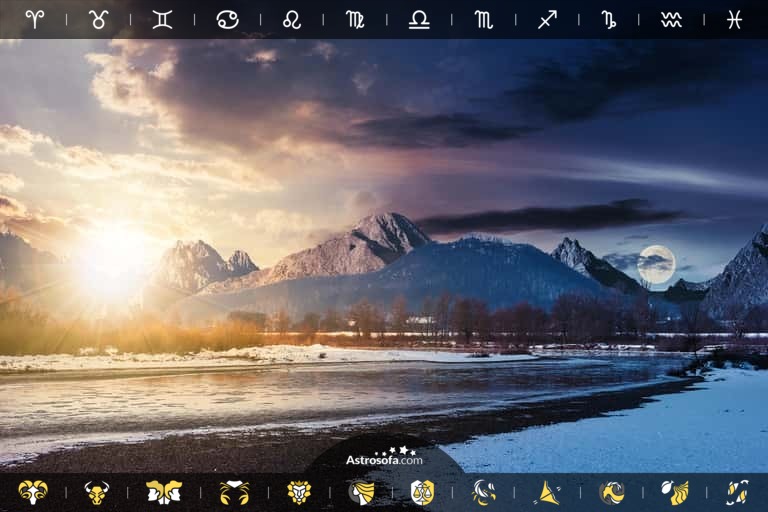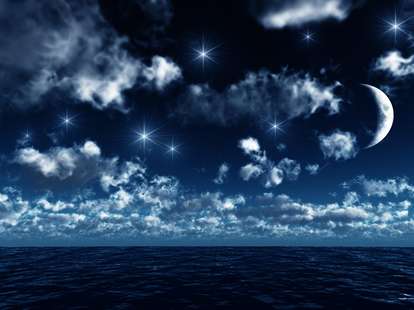
Birthday
Galileo Galilei (1564 - 1642), Sir Ernest Shackleton (*1874-1928), Jane Seymour (1951), Matt Groening (*1954)
Saint's day

Birthday: Aquarius
In 10.885 days (29 years, 9 months, 17 days)
|
Daily aspects
|
|
Half Moon (Taurus) |
|
Moon → Gemini |
|
Moon Conjunction Neptune |
Daily aspects

This aspect can lead to family problems, health disorders, difficulties at work, discomfort with the opposite sex, and public disagreements. It is highly important to think before you act or react. It can also cause pain in the womb, especially during "that time of the month" for young ladies and women.

The Moon in the Gemini improves our mental faculties, makes us curious and responsive. We are awake and looking for new experiences and impressions. This is a good time for all kinds of communication, contacts, training, and learning.

The conjunction between the Moon and Neptune can make you dreamy, passive, and unbalanced. You are hypersensitive, possibly have a weakened instinctive life and may experience a nervous disorder. You may tell white lies. You are very sensitive and prefer loneliness. It's a good time to write in your journal, or express yourself through poetry or writing lyrics of a song.
Current timezone: America/Sao_Paulo (UTC -03:00). change timezone
Calendar
Please choose a day:



